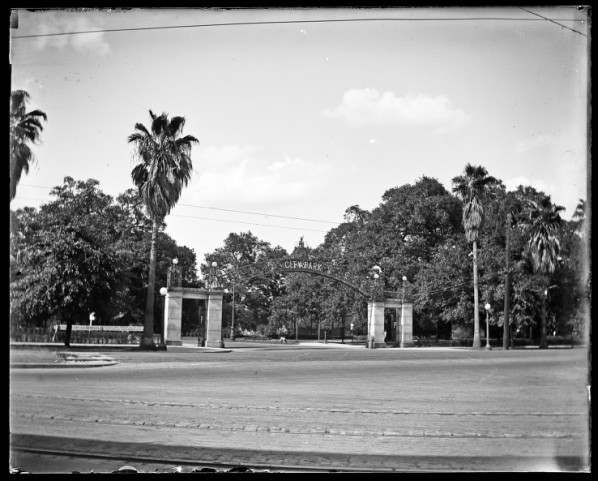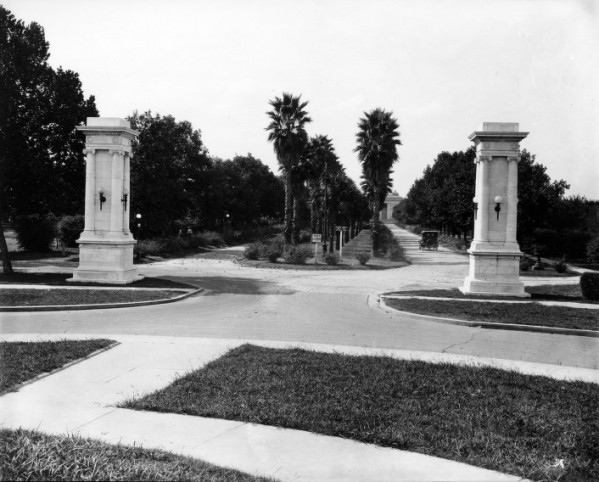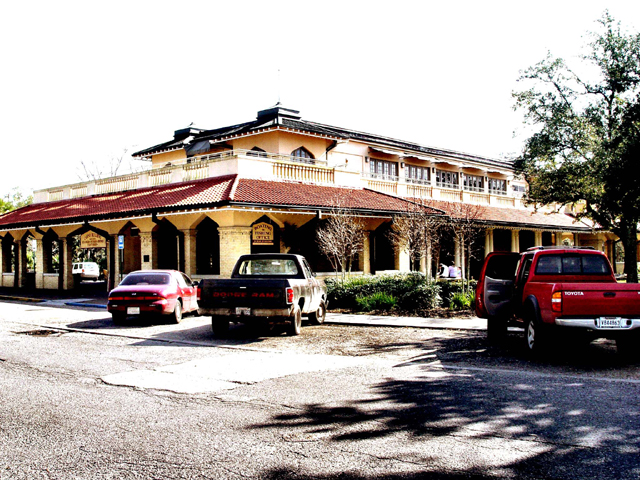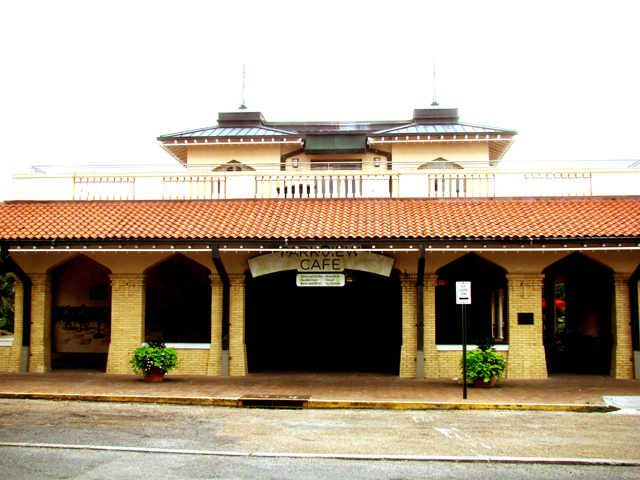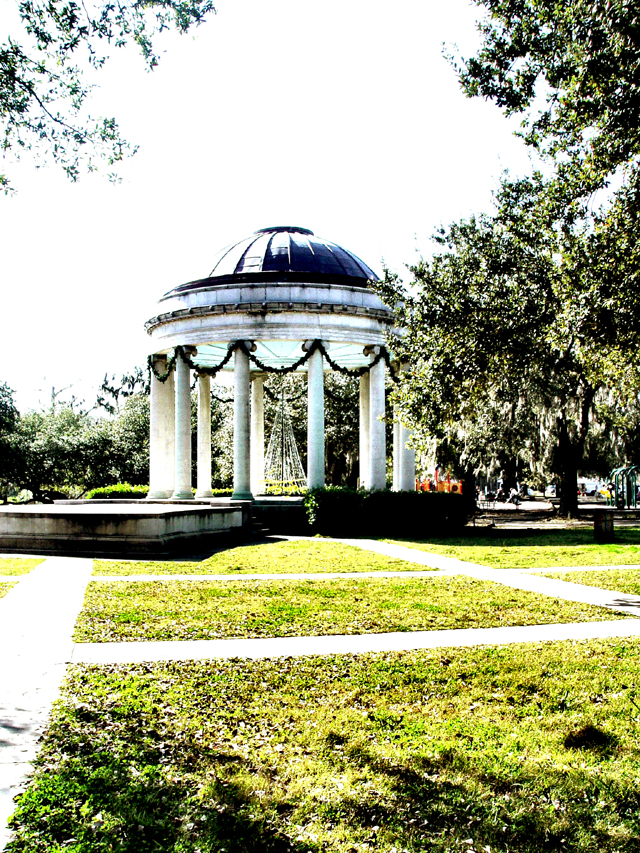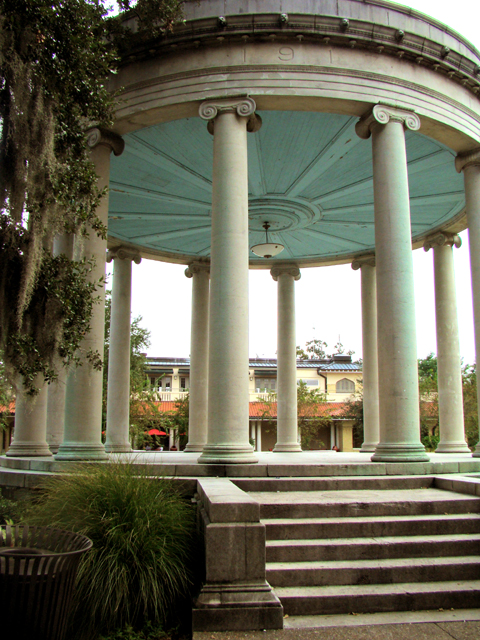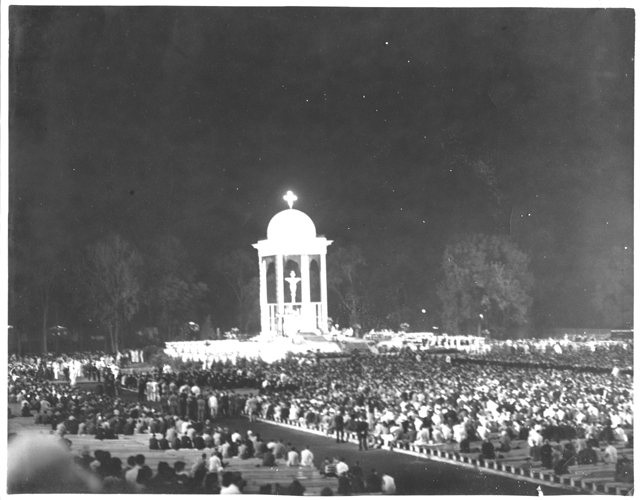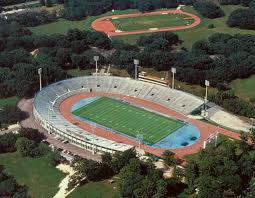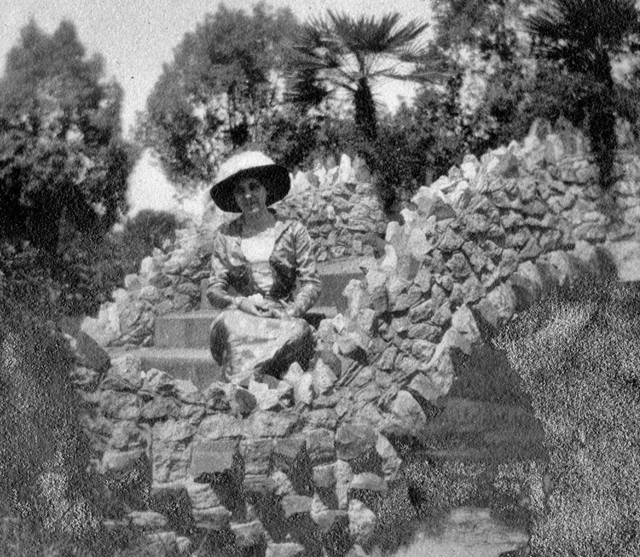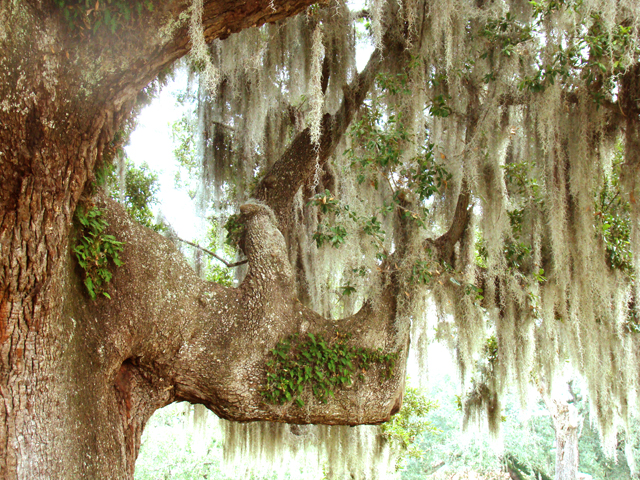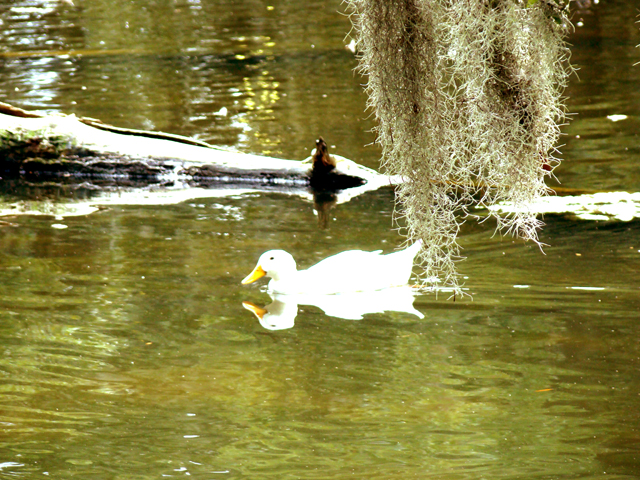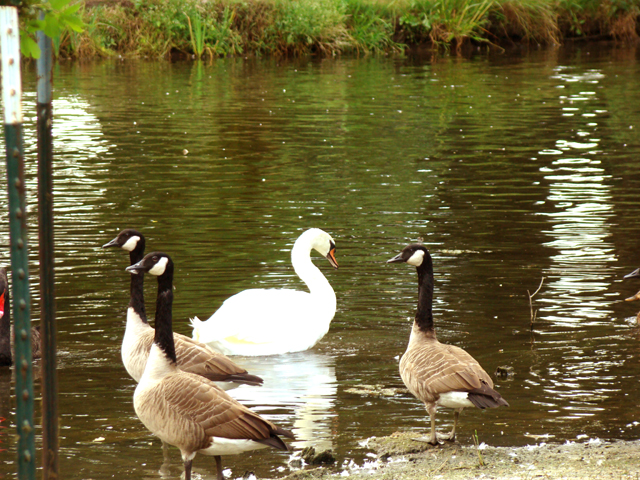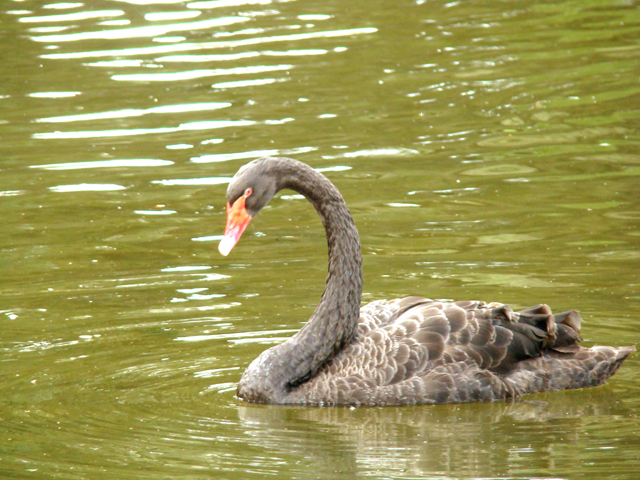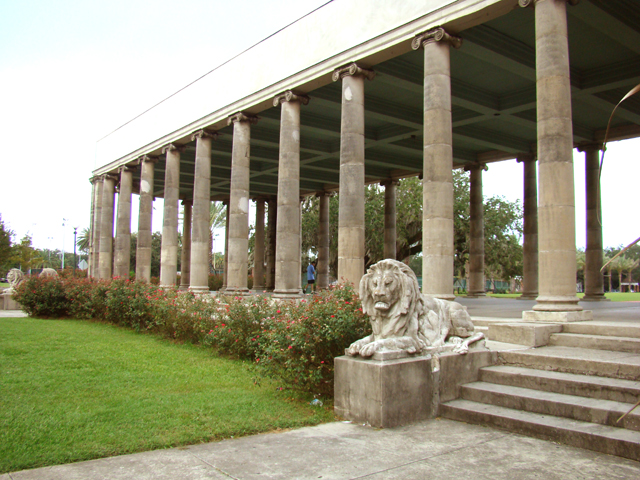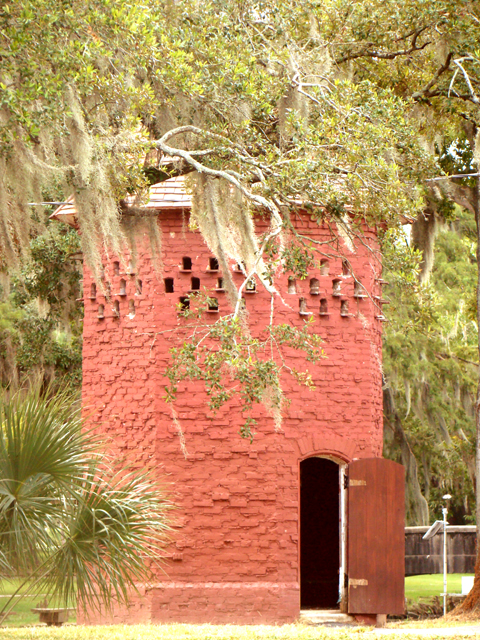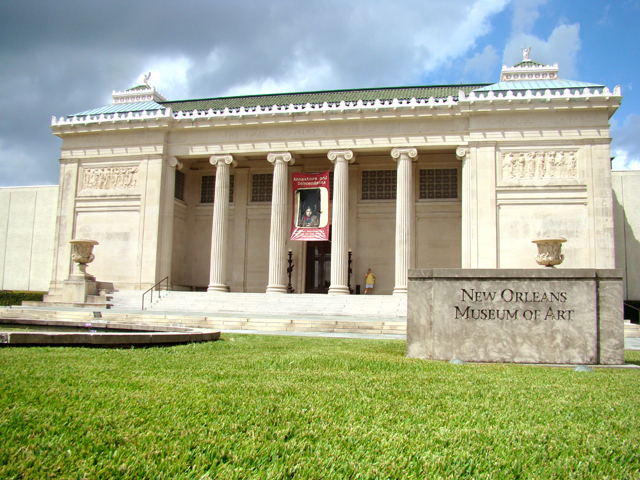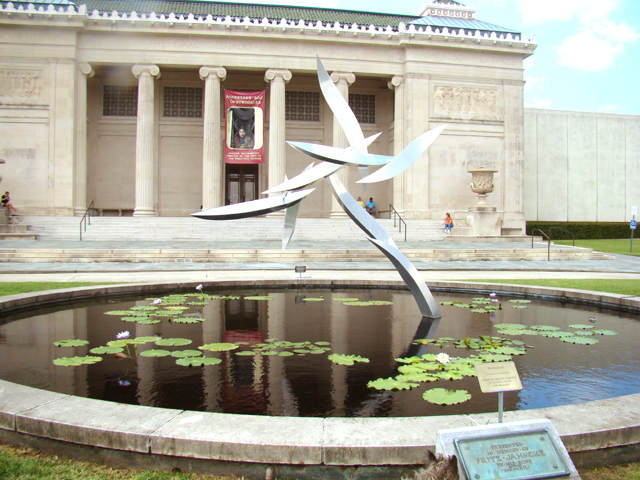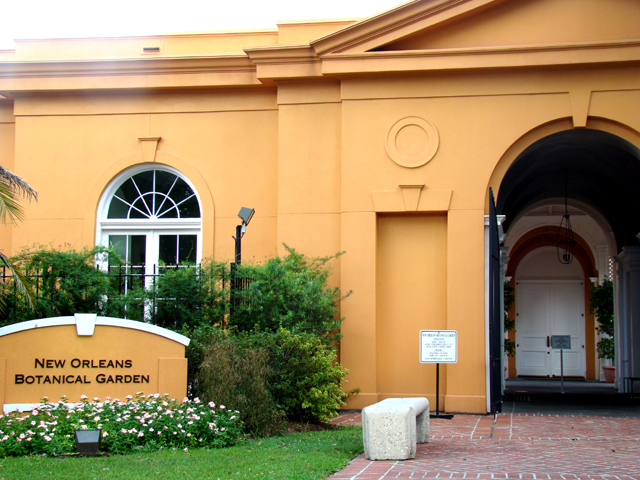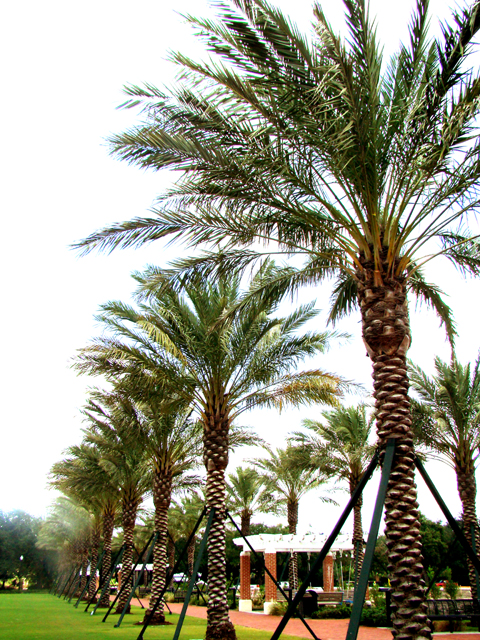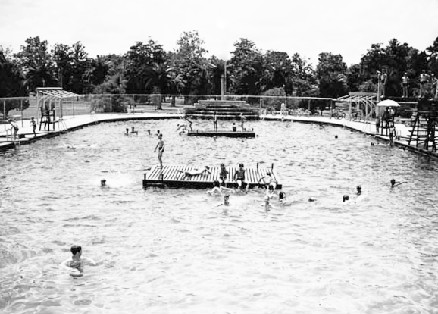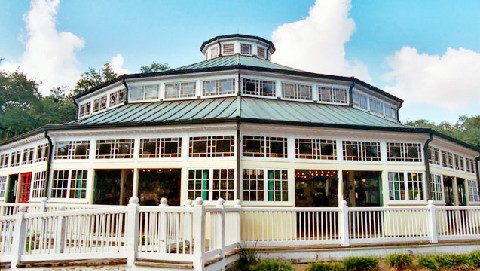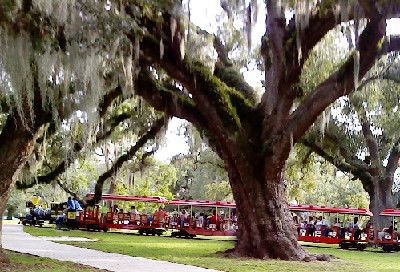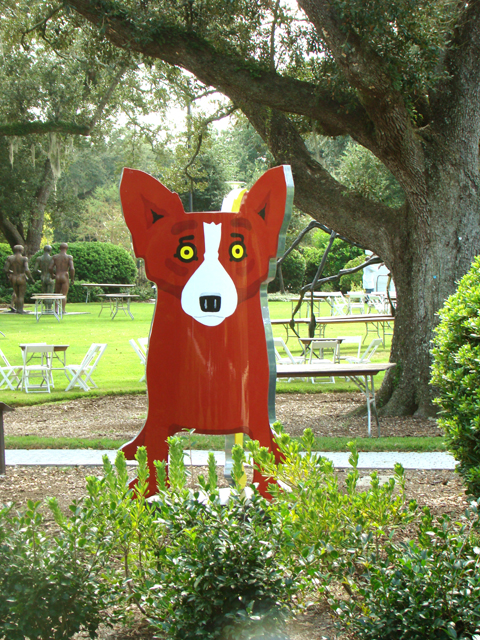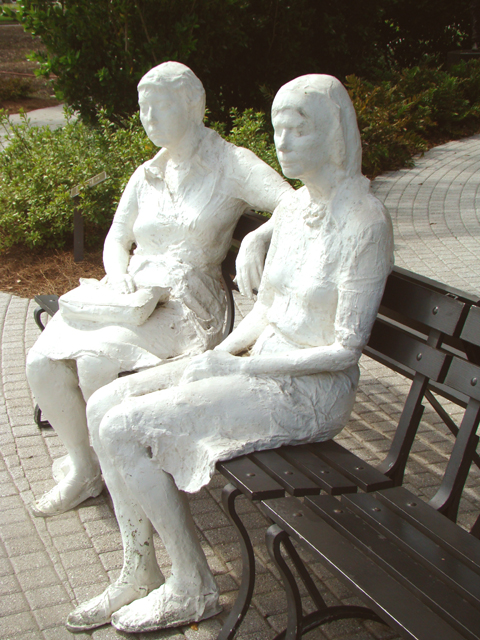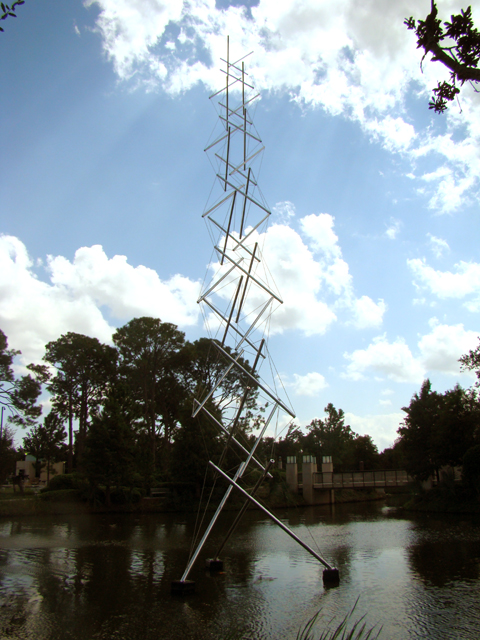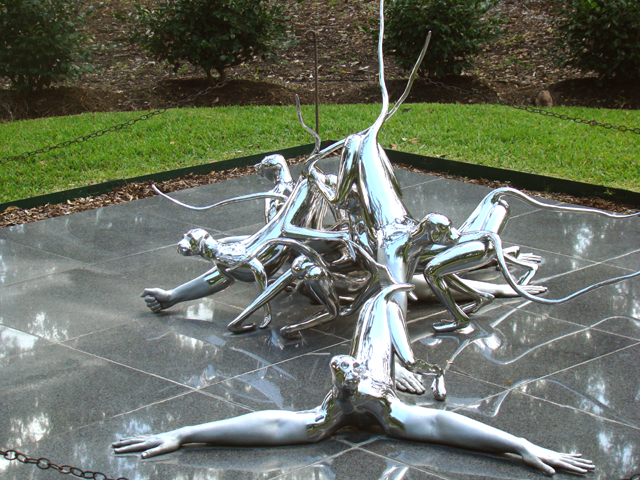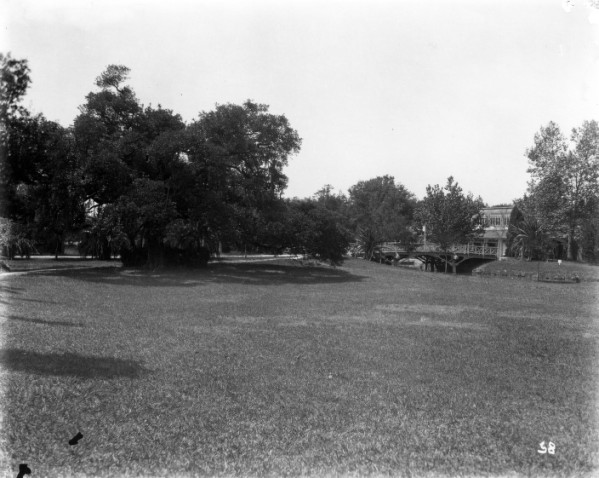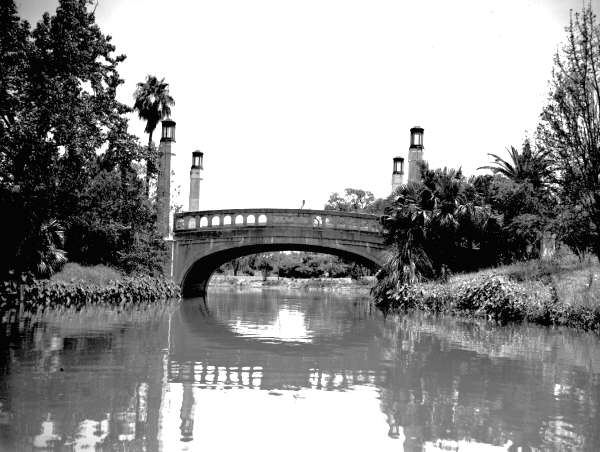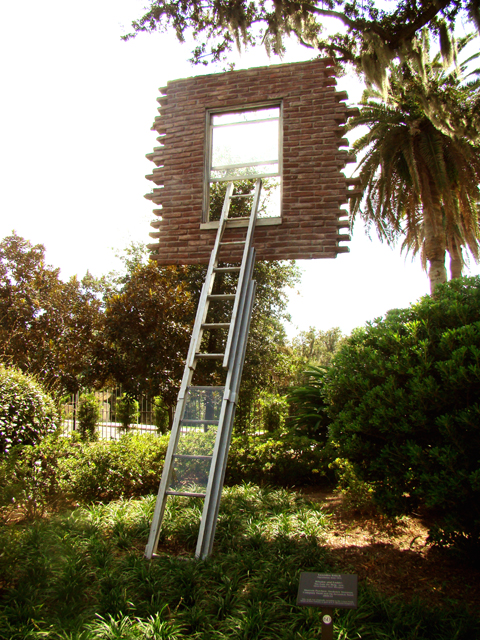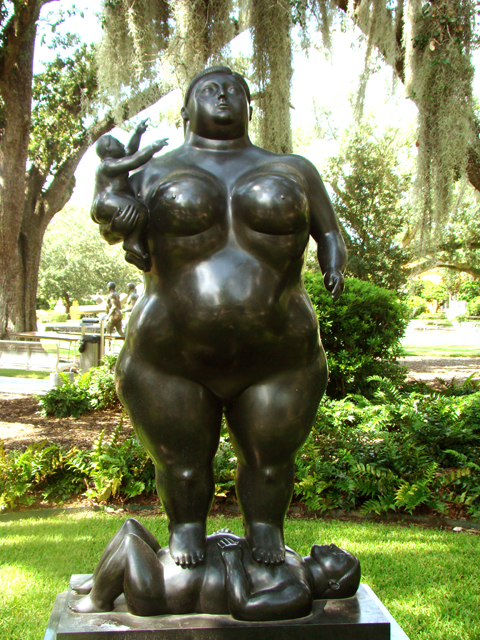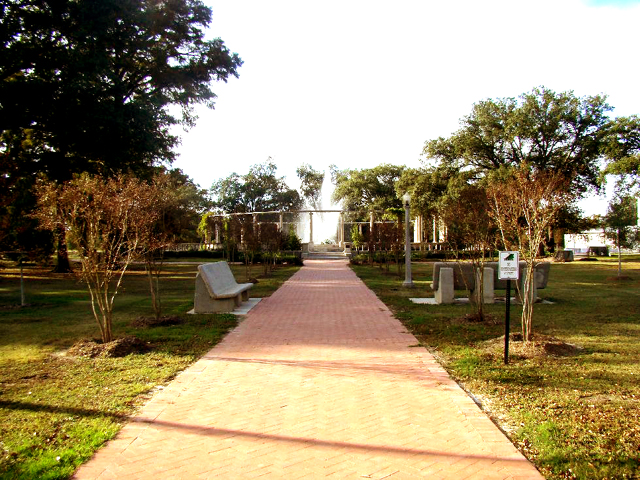NEW ORLEANS CITY PARK |
Photos by Kathleen DeMajo Adams, Leigh-Ann Mattix and other DeMajo.net photo contributors. |
|
The gates of City Park as they appeared in the late 1940's.
(Above: Main gate on City Park Avenue at Dumaine Street, and below: at the Lelong Avenue entrance just west of Beauregard Circle and the terminus of Esplanade Avenue
(Photos from Louisiana "LOUIS" digital Library) |
|
| |
|
City Park Casino and dance hall. The upper floor of the Casino once housed the park's administrative offices. It has now been converted to a rental facility for parties. |
|
|
|
The Popps Bandstand in City Park |
|
| |
|
| |
|
The altar and meeting site of the 1938 Ecumenical Council of the Catholic Church was held on the site of present Tad Gormley Stadium. The Photo by my late grand-uncle William J. Bogan, is part of the Bogan Family photo collection now under the care of my father, John DeMajo and the DeMajo Family Archives.
Below: Tad Gormley Stadium, later built on the site of the Ecumenical Council event by the Works Progress Administration. |
|
|
|
The STONE BRIDGE shown in this ca:1910 photo, still exists today. It is located just to the right of the Casino building. The lady in the picture is Mrs. Amy Tesson Nicolini of New Orleans. The photo was taken by her husband, John R. Nicolini. Below, that same bridge a Century later, The bridge was built in 1902 as a memorial to Angele Langles. The photo is part of the Bogan-Nicolini Family photo collection which is under the care of my father, John DeMajo and the DeMajo Family Archives. |
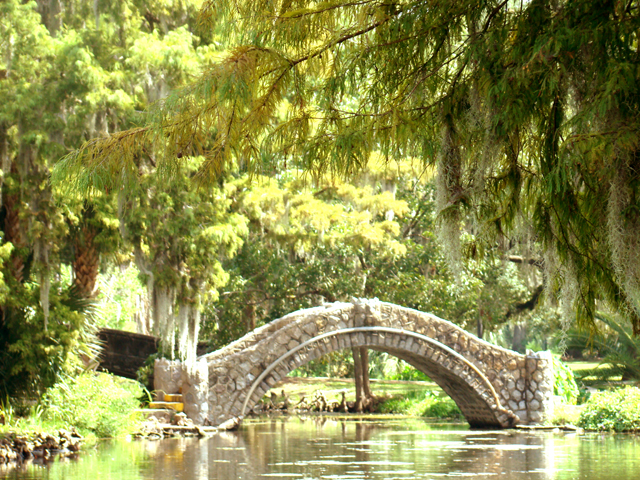
|
| |
|
The moss covered Oaks of the former Allard Plantation which is now the front section of New Orleans City Park
|
| |
|
| |
|
| |
|
Native "Wildlife" that inhabit the park's beautiful lagoons |
|
| |
|
| |
|
| |
|
The park's Peristyle, dating to the early 1900's, is shown in its present day state. Below, the same structure 100 years earlier. One of the men in the photo is my great-grand uncle, the late John R. Nicolini of New Orleans, who was visiting the newly dedicated City Park that day with friends. The photo dates to around 1910 and is part of the Bogan and Nicolini Family photo collection of my father John DeMajo and the DeMajo Family Archives. |
|
| |
|
The structure above was used as a storage building for the park's original row boat concession. It was constructed as a project of the WPA during the Great Depression |
| |
|
Above, The Former Isaac Delgado Art Museum, which has been renamed the New Orleans Museum of Art. Delgado was a sugar plantation owner who donated money for the city to have both a world-class art institution, and also a trade school for boys. Today, the art museum is rated among the best art institutions in the country, having presented many unique and rare exhibits. The Delgado Trades School has now been incorporated into the Louisiana college and university system as a Community College for both men and women.
Below, the Jahncke Fountain, constructed in the 1930's by the Works Progress Administration, now serves as a sculpture and reflecting pool in the traffic circle at the end of Lelong Avenue.
|
|
| |
Another 1930's project of the Works Progress Administration. was the construction of the City Park Rose Garden. The gardens existed for decades, mainly as an open area of exotic plants, along with fountains and sculpture designed by New Orleans artist Enrique Alferez. In the 1980's, the original Rose Garden was incorporated into the new City Park Botanical Gardens. |
|
The City Park Rose Garden, which dated to the WPA era and the Great Depression years, has now been completely restructured into a botanical garden of major proportions. What was once but a poorly maintained tourist feature, is now a major horticultural science facility. |
|
|
Palms, originally removed from North Carrollton Avenue during the installation of a street car line connecting Esplanade Avenue with Canal Street, are now planted along a walkway leading to the Besthoff Sculpture Garden in City Park |
| |
STORYLAND AND AMUSEMENT RIDES AREA |
|
Another feature of City Park is Storyland. Originally set up as a feature of the park's ride and amusement area, Storyland contains many unique sculpture and touchable artifacts depicting the content of popular children's' literature and nursery rhymes. Located in the same general vicinity are the park's mechanical amusement rides. What was for many decades an extension of Playland Amusements, the Harry Batt family firm that operated the ever-popular Pontchartrain Beach Amusement Park along New Orleans' Lakefront, , the ride area of City Park contains several examples of classic amusement rides, some dating to the 19th. Century. The most famous of these is the City Park Carousel which is now operated by the City Park Association. Below is an old photo of the Hyams Wading Pool at the park's amusement area. The origin of this photo is unknown. |
| |
|
| |
Another attraction of the park, for several decades, was the huge public swimming pool constructed by the Works Progress Administration. The pool has since been abandoned, having been closed during the 1960's integration and Civil Rights Era. In recent years the remains of the pool and pool house were used by the Orleans Parish Sheriff's Department as a project and storage facility. During the Civil Rights Movement , public pools at City Park, Audubon Park, and Pontchartrain Beach were all closed to avoid integration. |
|
| |
|
The photos above and below are of the City Park Carousel and the miniature train ride. Origin of these photos is unknown as they were sent to us by a viewer of the site. (Appropriate credit will be given if requested by the rightful owner) |
|
| |
| |
|
THE SIDNEY AND WALDA BESTHOFF SCULPTURE GARDEN
In the late 1990's, New Orleans drug store magnate Sidney Besthoff (K&B Drugs) donated his personal sculpture collection to the people of New Orleans, to be housed in an outdoor sculpture garden beside the art museum. Here are some examples of the unique sculpture and landscape of this popular New Orleans attraction |
|
|
|
|
| |
|
|
|
| |
|
| |
|
|
|
| |
|
|
|
| |
The Dreyfous Bridge
(three generations) |
The Dreyfous Bridge, an auto bridge which crosses the park lagoon just north-east of the City Park Casino and new Besthoff Sculpture Garden, has been through three different generations. The photos below illustrate first, the original wood and stone bridge built in 1913, followed by the WPA constructed concrete bridge of the 1930's and finally the latest version, a 1990's bridge built in conjunction with the construction of the Besthoff Sculpture Garden |
|
|
|
|
| |
|
|
|
| |
|
| |
|
The renovated Popps Memorial Fountain which was originally built by the WPA |
|
Copyright © 2023, The Museum Of Yesterday |
